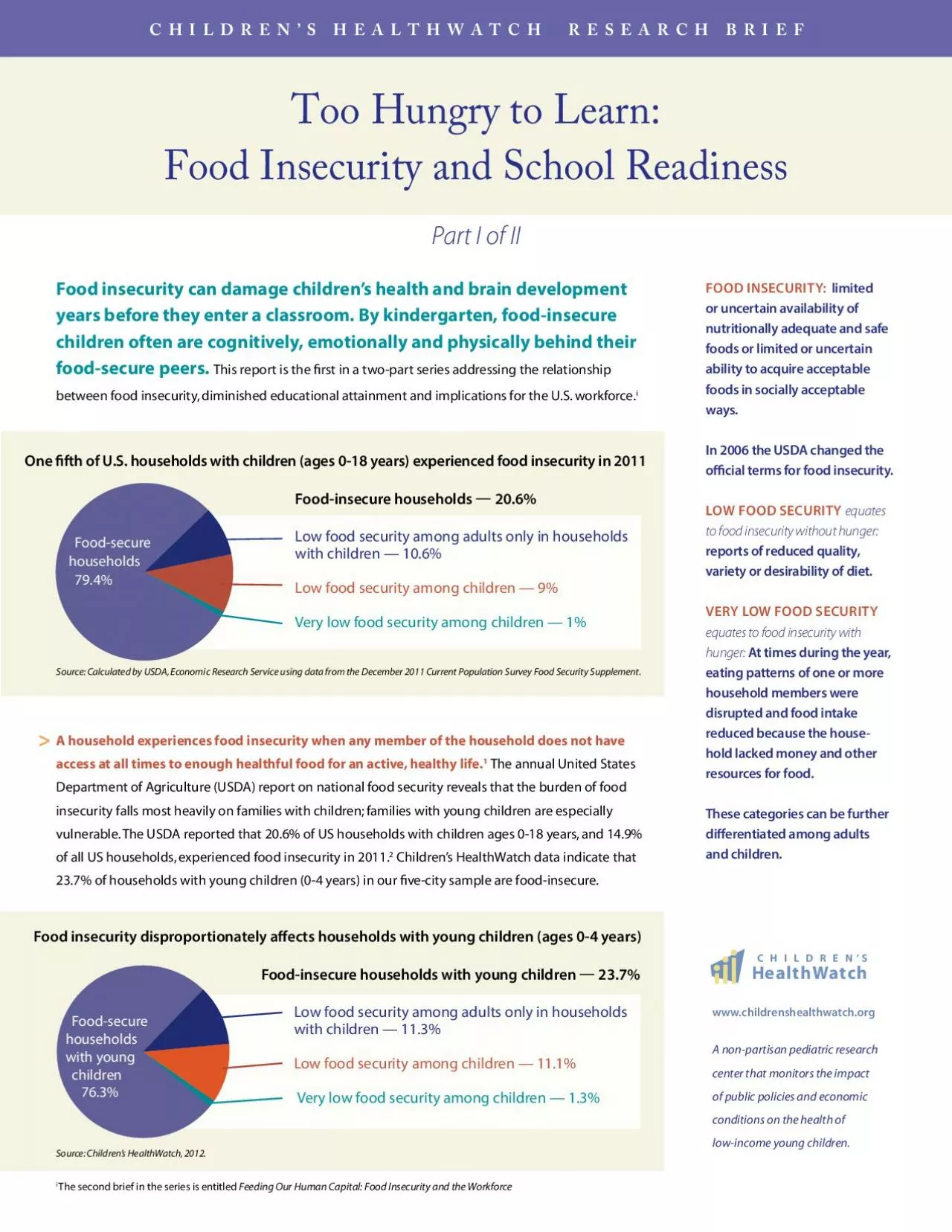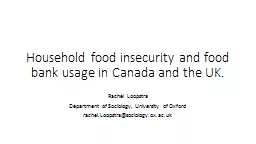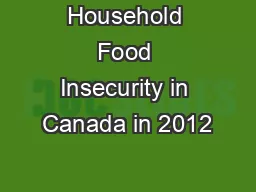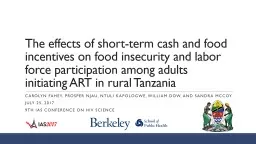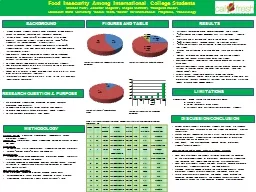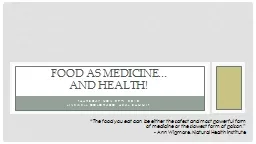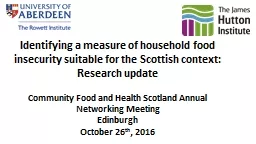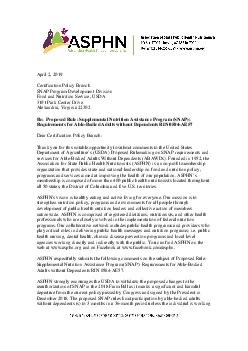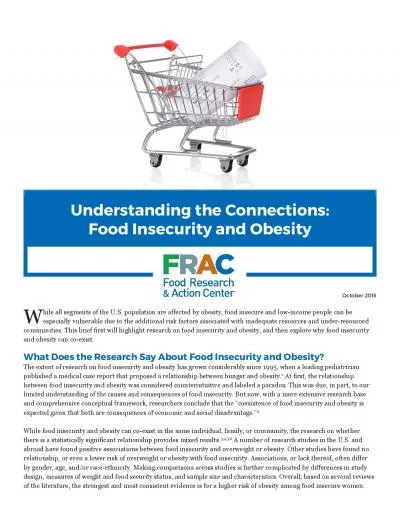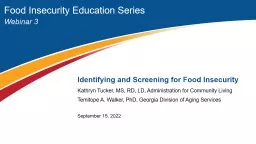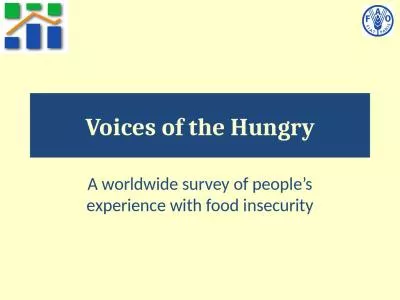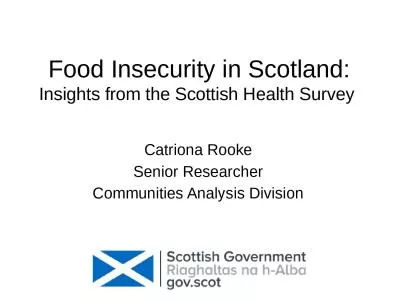PDF-Food insecurity can damage children146s health and brain developmen
Author : jocelyn | Published Date : 2022-09-22
Too Hungry to Learn Food Insecurity and School Readiness Part I of II CHILDREN146S HEALTHWATCH RESEARCH BRIEF CHILDREN146SHealthWatch A nonpartisan pediatric research
Presentation Embed Code
Download Presentation
Download Presentation The PPT/PDF document "Food insecurity can damage children146s ..." is the property of its rightful owner. Permission is granted to download and print the materials on this website for personal, non-commercial use only, and to display it on your personal computer provided you do not modify the materials and that you retain all copyright notices contained in the materials. By downloading content from our website, you accept the terms of this agreement.
Food insecurity can damage children146s health and brain developmen: Transcript
Download Rules Of Document
"Food insecurity can damage children146s health and brain developmen"The content belongs to its owner. You may download and print it for personal use, without modification, and keep all copyright notices. By downloading, you agree to these terms.
Related Documents

